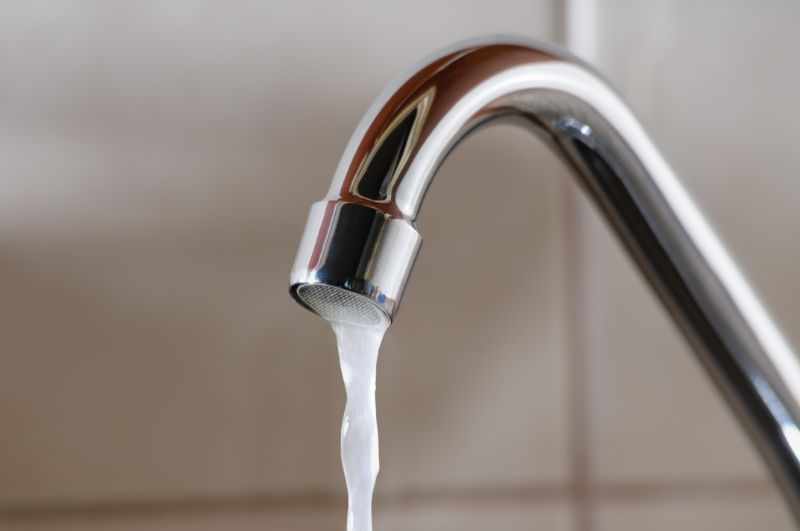How Water Softeners Work?”
Using a water softener is a great way to remove calcium and magnesium deposits from your water supply. The process uses an ion exchange method to rid your water of these minerals. Water softeners come in a number ofMapa different forms, including beads and salt nuggets. Both types of softeners work by removing hard minerals from water. This process can improve your water’s taste and cleanliness, and can also help to reduce your utility bills.
(Searching in Google “salt water softeners“? Contact us today!)

Water softeners work by using a special type of beads that have a negative charge. This charge allows them to work with magnesium and calcium ions, which have a higher positive charge. The two ions attract each other and repel each other when moving through the resin beads. The resin beads can be washed and recharged with sodium or potassium. The beads also have a porous surface that allows water to get through. This ion exchange process works to rid hard water of minerals and to provide cleaner dishes and laundry.
Usually, water softeners use the ion exchange method to remove hard minerals from water. This method is a simple process that works to remove the minerals that cause hard water. When the hard water enters the softener, the calcium and magnesium molecules stick to the beads. However, once these minerals are removed from the beads, they are flushed down the drain. The water softener then uses sodium or potassium to replace the minerals. Water softeners can work to remove up to 1000 gallons of water between regenerations. This is based on the capacity of the softener and the water use.
In order to regenerate the resin beads, water softeners use a special salt solution. The salt solution is made from salt and water in a tank. It is very concentrated and is used to cleanse the resin beads during the regeneration process. The salt solution then flushes the calcium and magnesium deposits away from the resin beads. The water softener then uses a motorized valve to divert water to different parts of the water softener. The valve can be a disk valve or a cam-type valve.
The motorized valve uses a sensor to detect ion levels in the water and diverts it to different parts of the water softener. This can be done manually or through a timer. Once the control box detects that ion levels have dropped, the regeneration cycle is initiated. This process can take up to three days and can vary depending on the water use and size of the softener.
The water softener then sends the calcium and magnesium into a mineral tank. The mineral tank is a cylindrical container that is filled with negatively charged resin beads. Water softener resin is charged with sodium and potassium ions. When hard water passes through the resin beads, the calcium and magnesium molecules cling to the beads. The resin beads exchange these minerals for sodium and potassium ions. The resin beads then exit through a control valve.

